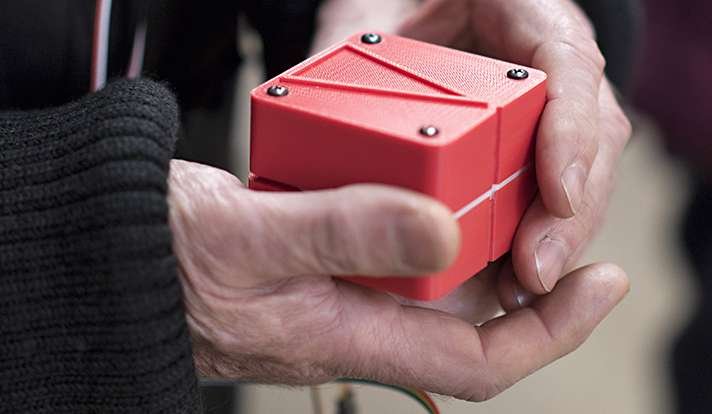⚡ Quick Summary
Researchers from Imperial College London, in collaboration with MakeSense Technology and the charity Bravo Victor, have introduced a shape-changing device named Shape. This innovative tool aids visually impaired individuals in navigating their surroundings using haptic perception, allowing them to perform location tasks as effectively as sighted individuals.
💡 Key Features and Benefits
- 🔑 Haptic Feedback: The Shape device resembles a torch and bends to guide users in the right direction, straightening when they are oriented correctly.
- ⚙️ Enhanced Navigation: In a study published in Nature Scientific Reports, visually impaired participants using Shape located targets in a 3D virtual reality space as quickly as sighted participants using natural vision.
- 📊 Improved Performance: Participants with visual impairments were able to find targets significantly faster with Shape compared to traditional vibration feedback technology.
👩⚕️ Study Overview
- The study involved 10 visually impaired participants and 10 sighted participants, measuring their efficiency in locating virtual targets in a controlled environment.
- Results indicated no significant performance difference between the two groups, showcasing the effectiveness of the Shape device.
- Feedback from participants revealed a preference for Shape over vibration technology, highlighting its intuitive design.
🚀 Future Developments
- Dr. Robert Quinn, CEO of MakeSense Technology, emphasized the potential of this technology to significantly improve mobility for visually impaired individuals.
- The company is working on a blind wayfinding product that incorporates advancements in spatial artificial intelligence and computer vision, with plans for a market release by the end of 2025.
🏥 Addressing Current Limitations
- Current aids for visually impaired individuals, such as white canes and guide dogs, have limitations. Guide dogs require extensive training and maintenance costs, while white canes primarily indicate obstacles rather than guiding users.
- Recent technologies have focused on auditory cues and vibration feedback, which can hinder awareness of surroundings and lead to discomfort over prolonged use.
